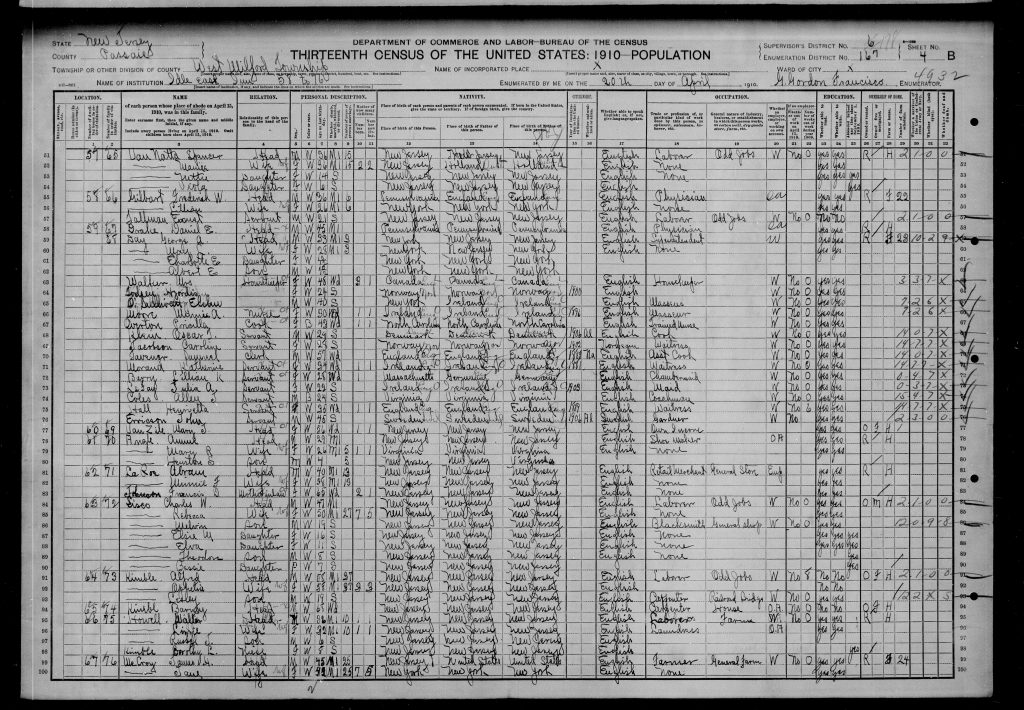
The church was founded by Conrad Vreeland in 1877. He was born at Echo Lake and in early manhood he moved to Brooklyn as a contractor & real estate broker whereby he acquired a fortune.
In 1873, he returned to his native place, Echo Lake. There, but limited religious privileges were enjoyed. A Methodist minister preached once in two weeks in the morning and a Presbyterian, once in two weeks in the afternoon.
Mr. Vreeland was not limited to Echo Lake. Six miles away was Newfoundland, where more than sixty years before, in 1804, a Baptist church was. It had had an uncertain life for nearly fifty years. But in 1850, disappeared, save as a few venerable men and women tarried on earth.
In November 1877, thirty-seven members of Echo Lake church were dismissed to organize anew at Newfoundland. Mr. Vreeland was called to be pastor at Newfoundland and was ordained at the recognition of Newfoundland church. At Newfoundland, Mr. Vreeland provided house of worship at his own cost, also securing a supply at Echo Lake.
The church building disappeared from the Newfoundland landscape at some point around the turn of the century and the lot and cemetery were sold to Lawrence Turner between 1918-1920. The overgrown church cemetery quietly marks time at the corner of Clinton & LaRue Roads in Newfoundland, NJ.

